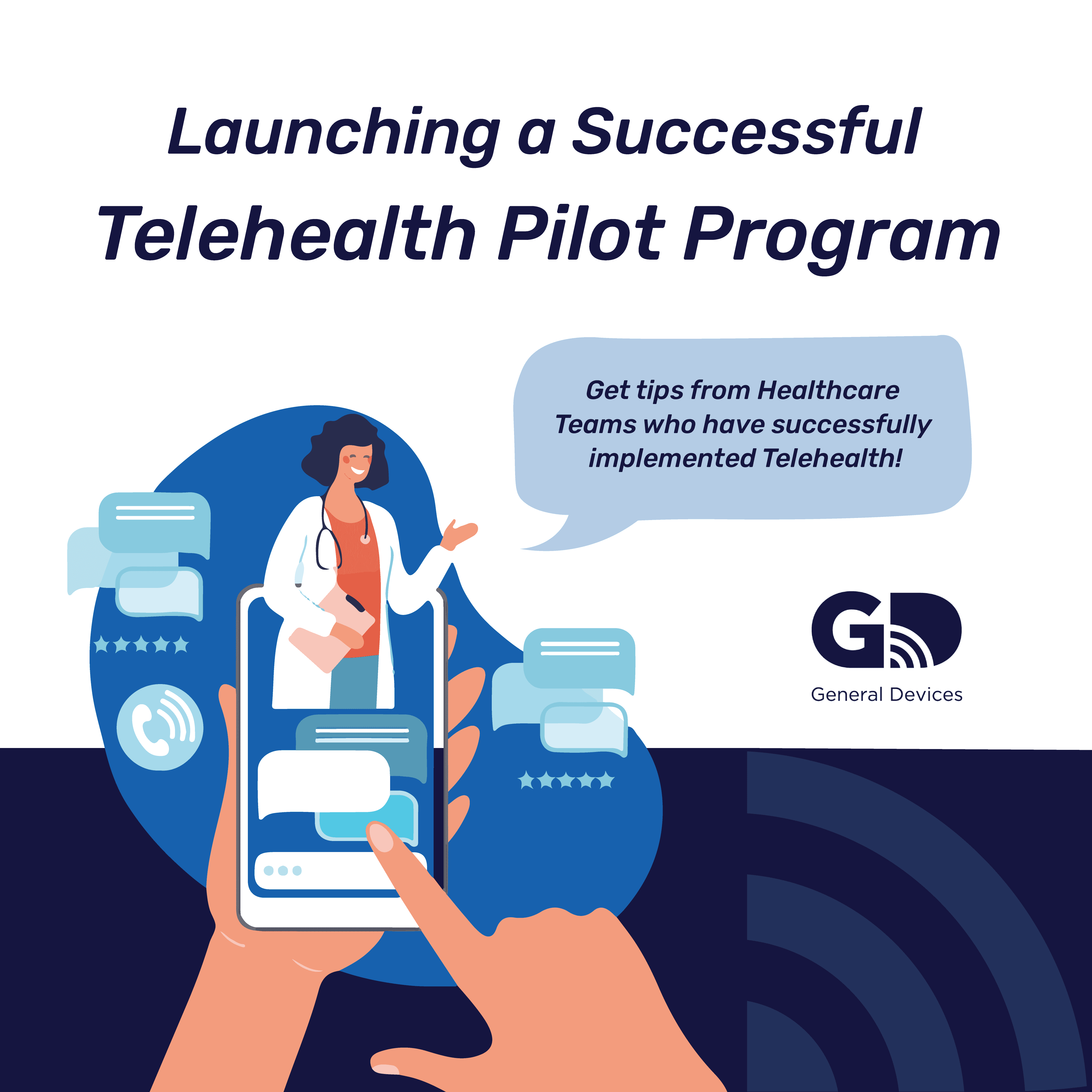Launching a Successful Telehealth Pilot Program
Telehealth programs benefit everyone—from provider to hospital staff to patient. Telehealth makes patient care quicker, more efficient and more accessible; enhances healthcare team communication; generates cost savings; improves quality assurance; promotes provider work/life balance; and keeps providers competitive. While launching a successful telehealth pilot program may seem daunting, it’s not as expensive, complex or time consuming as you might think. Establishing clear goals, putting together a team to measure execution and progress, choosing the right telehealth solution and adjusting to stakeholder input are keys to launching a successful telehealth pilot program.
Clarify your goals and approach—and make them measurable
Define your goals for starting a telehealth pilot program right away. You should be able to measure your progress in achieving these goals. Decide when and how you plan to reach each goal. Door-to-treatment times, patient satisfaction, revenue and staff efficiency are just a few ways to measure the efficacy of a telehealth pilot program.
Build a diverse team to help roll out the program
Putting together a team of providers, staff and marketing professionals will be helpful in measuring progress and ensuring smooth execution. This team can: plan the program rollout, measure progress, research state regulations and reimbursement laws, work on getting buy-in and input from stakeholders, market the telehealth pilot program, develop training modules and train stakeholders, set up hardware, install software and other ins and outs of planning and implementation. Include the role of telehealth coordinator to support clinical and non-clinical staff and oversee everything related to telehealth services. Finally, consider naming a project leader to act as the main point of contact and provide updates to the team.
Choose a valuable technology partner
When selecting a telehealth solution, be sure it’s easy to use, HIPAA-secure, cost-effective, reliable, integrates easily with your existing protocols and is fully configurable. And don’t forget that this should be a true partnership—your technology provider should be available to help your team and, if applicable, your patients whenever questions arise.
Get input and make changes as time goes on
Actively seek out feedback from stakeholders, providers and staff—and don’t be afraid to incorporate their suggestions into future changes. Keep in mind that the goals of your telehealth pilot program might change once you’ve begun. When measuring your program success against your initial goals, be flexible in changing those goals if necessary.
Successful telehealth pilot programs launched with GD’s solutions:
Baystate Medical Center defined measurable goals and built a strong team
Alina Capatina, ACS & STEMI Department Coordinator & Operations Excellence Team at Baystate Medical Center in Springfield, MA, had one overarching goal when starting to implement a STEMI telehealth pilot program in 2019 with e-Bridge Mobile Telemedicine App: enhancing communication between dozens of EMS agencies and hospitals as well as hospital teams. Tracking metrics like door-to-balloon and door-to-EKG times helped Capatina and her team see that cross-system communication and collaboration had improved as a result of using e-Bridge.
For Capatina, having a dedicated team was instrumental in getting hundreds of initial stakeholders to buy in, which was critical to the telehealth pilot program’s success. The team conducted research on the EMS agencies they hoped to get buy-in from, and established an atmosphere of collaboration over video calls and in person conversations. “We made sure that whatever we created aligned with our collective vision—that it was easy-to-use and it was free for EMS—and that we had the ability to innovate along the way and pivot to meet people’s needs,” said Capatina. e-Bridge’s unparalleled configurability provided them with the flexibility to adjust their STEMI module to the feedback they received.
Southeast Health Medical Center chose the right technology partner
Since 2018, Southeast Health Medical Center in Dothan, AL, has partnered with GD, most recently tying e-Bridge to the medical center’s overhead alert system to reduce inefficiency and unnecessary communication. Integrating e-Bridge “has been one of the smoothest, simplest processes that we’ve been able to put in place,” says Ben Ryals, Emergency Department Nurse Manager. Ease of implementation and use, as well as being widely deployable (on CT scanners, surgeons’ phones, the stroke responder’s desk, on iPhones in each fire truck in the city), are key reasons Southeast Health partners with GD. Ryals notes that the software and app are simple, user-friendly and work on most popular operating systems, which is critical for ease of training.
HCA Tristar Division sought physician buy-in and implementation in phases
For Rodney Dawson, Director of EMS & Outreach at HCA Tristar Division in Nashville, TN, which uses e-Bridge, having your team work on physician buy-in is a game changer. “If you get the physician buy-in, it’s much easier to get the group’s buy-in, and the team’s buy-in,” he says.
Dawson also recommends rolling out implementation in phases to build in time for evaluation and changes. “This is a complex health information exchange system with multiple stakeholders,” he says. “It can take some time, but the return on investment that you get from this is exponential.”
Hear Capatina, Ryals and Dawson discuss the rollout of their telehealth pilot programs in GD’s recent webinar, Understanding the Role of Telehealth Software in Acute Care.
Looking to learn about more healthcare teams who successfully launched telehealth pilot programs? In 2020, the Oakland County Medical Control Authority in Michigan transitioned their 50 EMS agencies from radio to e-Bridge in an inspiring telehealth pilot program. In 2021, the University of Arizona Health Sciences and Banner – University Medical Center Tucson launched an e-Bridge pilot program that allowed EMS agencies to communicate with emergency physicians through HIPAA-secure live video. Read about how and why these organizations implemented telehealth, then start a conversation to find out how GD can support your telehealth needs.
About GD (General Devices)
GD is a NJ-based Med-Tech company specializing in mobile telemedicine and telehealth solutions that help EMS and fire first responders, hospitals, and Mobile Integrated Healthcare deliver smarter, expedient patient care. Powered by responsive innovation, GD’s e-Bridge and CAREpoint solutions facilitate secure, mobile communications and rapid data sharing across acute and non-acute care teams to help save time, money and lives. Backed by a 40+ year history and thousands of implementations, GD is a widely revered industry leader. Visit https://general-devices.com/ to learn more.

